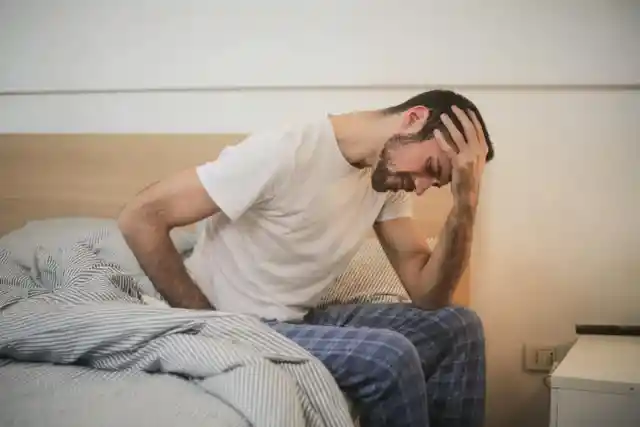Burnout On Burnout
Can’t get out of bed? Feeling heavy as lead with no motivation but just tiredness? Have been feeling like this for two years? Have no idea why is this happening? Is it age or is it work stress? Well, we have a name for this now. Pandemic fatigue. Or as many say burnout on burnout. Because it is quite literally a burnout on top of burnout. Burnout, according to the World Health Organization, is a syndrome that develops as a result of workplace stress that has not been managed successfully. Needless to say, the pandemic's isolation has only made it worse. The fear that this pandemic has instilled in people was already a big stress trigger but the precautions and restrictions imposed to counteract have also made life difficult in other ways. It has caused limited to almost negligible social engagement resulting in boredom, depression, psychic numbing, and other issues. It has impacted the social aspects of lives which was usually a way to let out steam built up due to work-related stress. The other worse side of this pandemic with the fear of losing lives and livelihood things aren’t looking good.


The unfortunate fact is that there is no easy treatment for burnout, especially the intense form that many people are suffering right now. Part of this is due to the fact that our mental health system is flawed, and the epidemic has simply highlighted this. So what can we do to cope with pandemic fatigue? As suggested by experts there are two ways to deal with it, either group-directed or person-directed. Most prefer person-directed since this pandemic has driven people into isolation, breaking groups. So, let’s get into some proven methods to make coping easy. 1. Take A Microbreak Microbreaks are brief, unplanned breaks in the middle of the workday. According to the most recent study, microbreaks of five or ten minutes are the way to go during the day: stand up, gaze out a window, get a snack, step outdoors and feel the breeze on your face, walk around the block. Instead of thinking about all the things you 'have to do,' practice being in the present moment for three to five minutes, listing as many sounds and sights as you can: birds, traffic, just notice all the sounds you are aware of, things you see around you, smells in the air, breeze through your hair. Take a long, deep breath. 2. Reading When an escape from today's life is required, reading might be an excellent option. Reading books, such as novels, poetry, biographies, and fiction, enhances concentration, decreases anxiety, and focuses the reader's attention on a single aspect, history. Reading, particularly novels, maybe a preventative measure against burnout. It can help us keep our thoughts organized, especially in midst of all this chaos. 3. Less Scrolling During the COVID-19 epidemic, people began spending more time on social media. Social media is a great way to stay connected and reduce loneliness, as well as to get information and education, it is important to note that, while it can create an emotional bond with social media platforms, it can also cause addictive tendencies. It plays an important role in the development of burnout syndrome through social comparison. An overload of COVID-19-related information can result in a powerless sense, which can increase mental fatigue, leading to emotional problems such as depression and anxiety, as well as poor sleep quality. 4. Find Hobbies And Be Active Make self-soothing activities your hobby. We have already talked about reading but having other hobbies can be equally helpful as long as it helps you make your day better. It could be walking your pet, taking care of your garden, cooking, painting, or knitting. Hobbies can help you structure your day especially when it has become hard to keep track of time during lockdowns. 5. Being Mindful Mindfulness is the awareness that results from paying attention to our thoughts with a purpose, without judgment, and being aware of every moment encountered. In other words, cultivating mindfulness entails living in the present moment without judgment, simply recognizing and acknowledging it. Mindfulness practice can be developed methodically or unsystematically. Individuals who practice mindfulness at work might provide a positive evaluation of stressful and demanding situations, which may boost job satisfaction. 6. Connect With People Hosting a party or going out with a large group of friends is still extremely dangerous, but maintaining ties with your friends and family can help alleviate pandemic-related anxiety and sadness. The good news is that there are several secure methods to communicate with people you care about, and you don't always have to do it through a screen. Even if you're fatigued from a long day of Zoom meetings or helping your child with virtual homework, a simple check-in with a close friend or family member can help lower your stress levels—and can also benefit the other person. 7. Seek Help If You Can't Do It By Your Own If all else fails, seek the advice of a professional who can help you identify the root cause of your issue and help you walk through the process of developing a self-care strategy to avoid burnout.